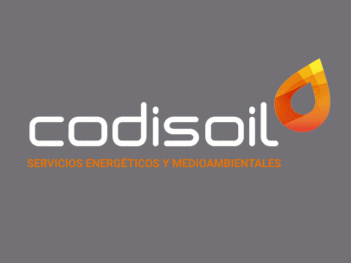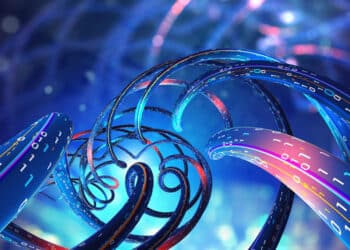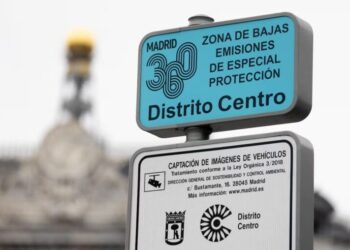In the Philippines, “tricycles,” are three-wheeled motorized vehicles that roar out onto the inner streets of large and small cities alike. Often noisy and spewing emissions, they are about to undergo a major makeover.
The Asian Development Bank and the government of the Philippines envision to bring a fleet of up to 100,000 electricity-powered versions of the tricycles by the year 2020. But along with this environmental plan, the two hope to address problems like poverty as well.
Along with the iconic “jeepneys” (itself another uniquely Filipino innovation), motorized tricycles are a common means of transport in the Philippines. An estimated 3.5 million are currently plying the country’s streets. Metro Manila, the national capital, alone has 200,000 tricycles. But they also release 10,000,000 tons of carbon dioxide every year according to the A.D.B.
The 100,000 electric tricycles or “e-trikes” will not replace every single internal combustion-powered passenger tricycle in the country. But the country’s Department of Energy hopes the project will spur the country’s electric vehicle industry.
Economic gains
A total of $500 million will be spent for the project, with $300 million coming from the development bank, $100 million from the Washington, D.C.-based Clean Technology Fund, and $100 million from the national government.
The $125 million Clean Technology Fund was originally allocated for both renewable energy and energy efficiency when it started in 2009, but a revised plan from the Energy Department allotted $101 million for the e-trike project alone, with the remaining $24 million being set aside for energy efficiency projects.
Local industry players Motor Vehicle Parts Manufacturers Association of the Philippines and the Electric Vehicle Association of the Philippines told ABS-CBN News the project could spur a 20 billion peso ($477.5 million) industry via value-added parts and labor.
So far, 20 electric tricycles are operating in a pilot project in Mandaluyong City in Metro Manila.
The department also sees a “second life” for the e-trikes’ used up lithium-ion batteries in various applications, including as uninterruptible power supply units for computers and energy storage mediums for small-scale solar projects.
Poverty alleviation
Meanwhile, according to Energy undersecretary Loreta Ayson, the project will not only reduce emissions coming from the transportation sector – the largest contributor to the Philippines’ carbon emissions – and help jumpstart a new industry. It would also serve as a form of poverty alleviation scheme for the tricycle drivers.
Once implemented, two variants of the e-trike will be used. In the current pilot operations in Mandaluyong, half of the 20 e-trikes use a 3-kilowatt hour battery pack that can run between 40 to 50 kilometers at one charge and can be 80 percent recharged at fast-charging stations during the day for 30 minutes. Meanwhile, the other 6 kilowatt-hour e-trikes can run up to 100 kilometers on a single overnight charge.
Funding
The idea of bringing electric powered tricycles to the Philippines came from the Department of Energy’s alternative fuels program, the Fueling Sustainable Transport Program, in an attempt to increase the country’s renewable energy-powered modes of transportation.
Seeing the need to meet the growing transportation demands, while doing it through environmental and economically-benefitting means, the A.D.B. then adopted the project and will provide funding and support for the Department of Energy – the implementing and executing agency – and the local government units.
Their support to local government units will be in the form of laying the foundation for the financial mechanism for the acquisition of the e-trikes. Drivers can avail of it through either renting or purchasing it on a rent-to-own scheme, where they pay as little as 200 Philippine pesos ($4.76) per day.
“Tricycle drivers adopting the e-trikes would earn much more than they used to with conventional tricycles,” Ms. Ayson told EcoSeed. “Hence it makes the project a poverty alleviation effort as well.”
As explained by the A.D.B., the driver’s savings in what he should be spending for fuel in a conventional passenger tricycle can be used for paying for the purchase.
“A conventional tricycle needs between 5 and 7 liters of gasoline to travel approximately 100 kilometers, which costs 250 to 350 pesos. To travel the same distance, an e-trike will use between 3 kWh and 5 kWh of electricity for only 30 to 50 pesos.”
Complaints
Still, the project has its own share of criticisms from international environmental organizations to local civil society groups.
Environmental campaigner Greenpeace questions the decision to reallocate the Clean Technology Fund to electric tricycles, saying this fund should be focused instead on projects like solar generation.
The fear is that supporting the e-trike concept could be the same as supporting fossil fuels, as long as the e-trikes are plugged into energy sources powered by coal.
Other groups slam the project’s reported lack of consultation with important stakeholders like civil society, renewable energy advocates, industry members and finance groups, before deciding to reallocate funding.
“I am appalled at the A.D.B.’s continuing disregard of the people’s right to participate and have a say on how and where climate finance should be utilized. This demonstrates again the reverse ‘Midas Touch’ of the A.D.B. Electric public utility vehicles may be worthy of public support, but A.D.B. manipulation is transforming good intentions into rubbish,” NGO Forum on ADB executive director Avilash Roul said in a statement.
Undersecretary Ayson meanwhile says that the project has not totally counted renewable energy out from the funding, as it will be integrated to the e-trike program by way of solar-powered chargers.
“The e-trike project already had a ready proposal when the Clean Technology Fund started, so it was decided that this would be prioritized,” she said.
Another proposal, where solar panels would be placed on the roofs of vast shopping malls across the country, has not been submitted. “We would have been happy to support this, but the e-trike proposal has been moving much faster and is a good fit for the current situation,” she said.
The A.D.B. meanwhile maintains that using electricity for transportation is a more sustainable long-term solution, as the country is a net importer of energy, in particular oil, and fuelling its growing transportation needs will become “more and more costly” over time.
“As the Philippine economy continues to grow, and energy demand increases accordingly, two scenarios are likely: a growing economy will lead to higher quality of life, more cars on the road, and a higher volume of greenhouse gas emissions; and a rising world demand for oil will result in higher gas prices for consumers,” the bank adds.


















